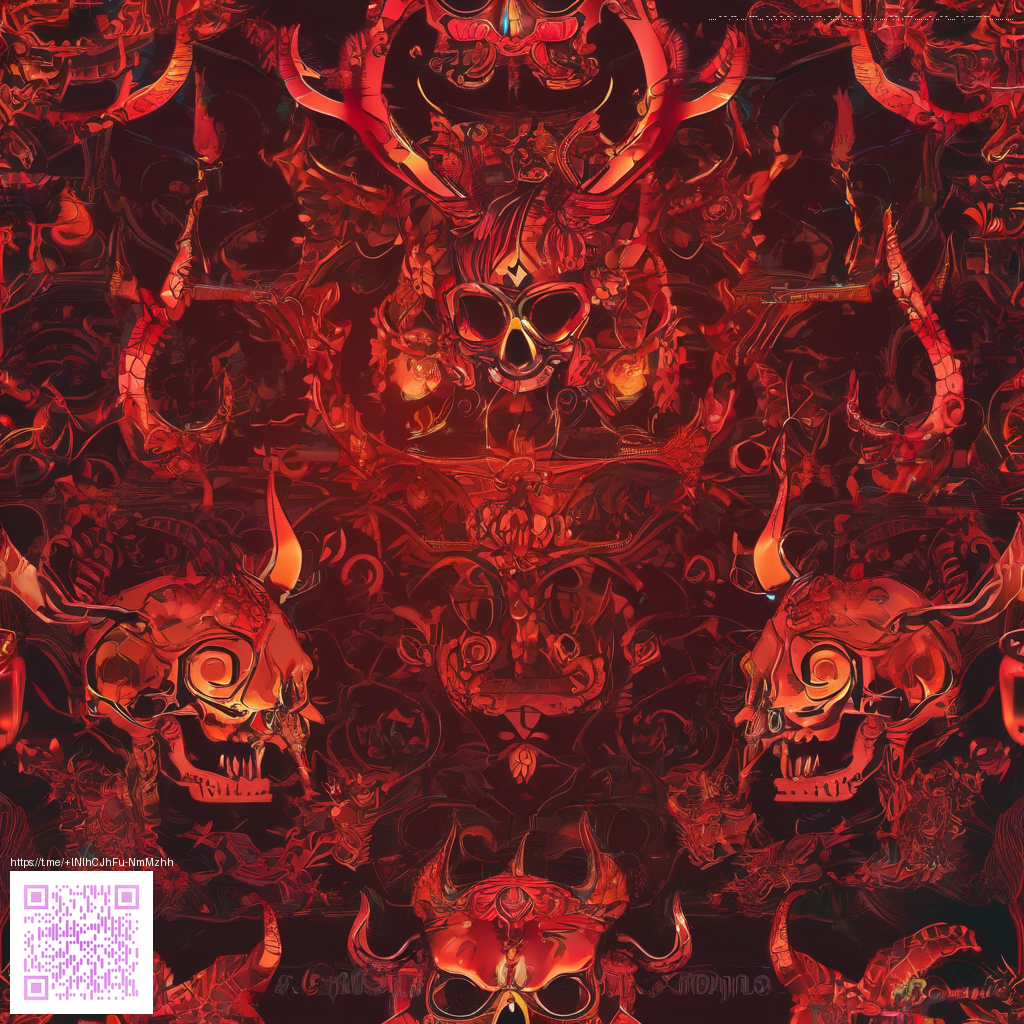
Texture as Narrative: Why Touch Matters in Visual Media
Texture is more than a surface detail—it's a language that communicates mood, history, and character before a single line of dialogue is spoken. In visual storytelling, texture helps audiences feel a scene rather than just see it. A rough, grainy surface can imply hardship or resilience, while a sleek, glassy finish may signal control, precision, or luxury. When texture is woven deliberately into lighting, composition, and material choices, the audience experiences the story through touch as well as sight.
In an era where screens dominate our media consumption, texture becomes a bridge between the real world and the on-screen world. Cinematographers leverage microtextures in fabrics, skin, and environments to create memory cues—moments when you almost reach out to feel the scene. This texture-driven approach complements narrative beats by reinforcing character intent and setting without overt exposition. The result is a more immersive, memorable experience that lingers long after the credits roll.
Techniques to Elevate Texture in Storytelling
- Lighting that reveals texture: Side and raking light expose the grain of a surface, the weave of fabric, or the patina on a metal prop, turning subtle imperfections into storytelling cues.
- Material choices with intent: Selecting surfaces—wood, stone, polymer, fabric—that mirror a character’s arc or the world’s history adds layers at a glance.
- Camera and lens decisions: Close-ups and macro shots emphasize tactile detail, while controlled depth of field keeps texture as a narrative anchor.
- Color-texture synergy: Adequate color palettes can amplify texture’s emotional resonance; cool tones with rough textures can feel weathered and contemplative, while warm, smooth textures may evoke intimacy.
- Post-production texture work: Subtle film grain, noise overlays, or texture maps can heighten realism or stylize a moment so texture becomes part of the mood, not just the surface.
- Cross-modal texture cues: Sound design and motion graphics can mirror tactile sensations, reinforcing what the eyes perceive with auditory and kinetic cues.
“Texture is the silent force that guides emotion and memory, often more persuasive than color alone.”
As you plan a project, consider texture at the pre-production stage. Map out which surfaces will carry meaning and how lighting will reveal or conceal those textures over time. A well-textured scene invites the audience to lean in, to infer, and to feel the story before words arrive. This approach works across platforms—from film and photography to immersive media and product storytelling.
A Practical Workflow for Creators
- Define the tactile language: Decide what textures will symbolize key themes or character journeys. Write them into your mood board and shot lists.
- Scout real-world references: Collect textures from fabrics, materials, and surfaces that match your narrative goals. Let these references guide your design decisions.
- Create a texture map: Outline where texture will be visible in each scene, including lighting cues and camera positions that maximize tactile perception.
- Shoot with texture in mind: Use lighting angles to highlight grain, weave, or patina. Capture both wide context and intimate close-ups to ground texture in story.
- Refine in post: Apply controlled texture enhancements that support mood without becoming distracting. Aim for cohesion across scenes.
Even consumer goods storytelling can benefit from this approach. The Phone Case with Card Holder Glossy Matte Polycarbonate demonstrates how the deliberate pairing of glossy and matte textures can signal durability while communicating elegance. The way light plays across the two finishes creates tactile cues that resonate with a brand’s personality, turning a functional accessory into a narratively rich object.
For a deeper visual context and more case studies, explore related insights on the featured resource page. It offers a concise exploration of texture-driven storytelling across media and formats, helping you translate theory into practice within your own projects. You can find that companion coverage here: https://amber-images.zero-static.xyz/f16c05b4.html.
Similar Content
Page URL: https://amber-images.zero-static.xyz/f16c05b4.html